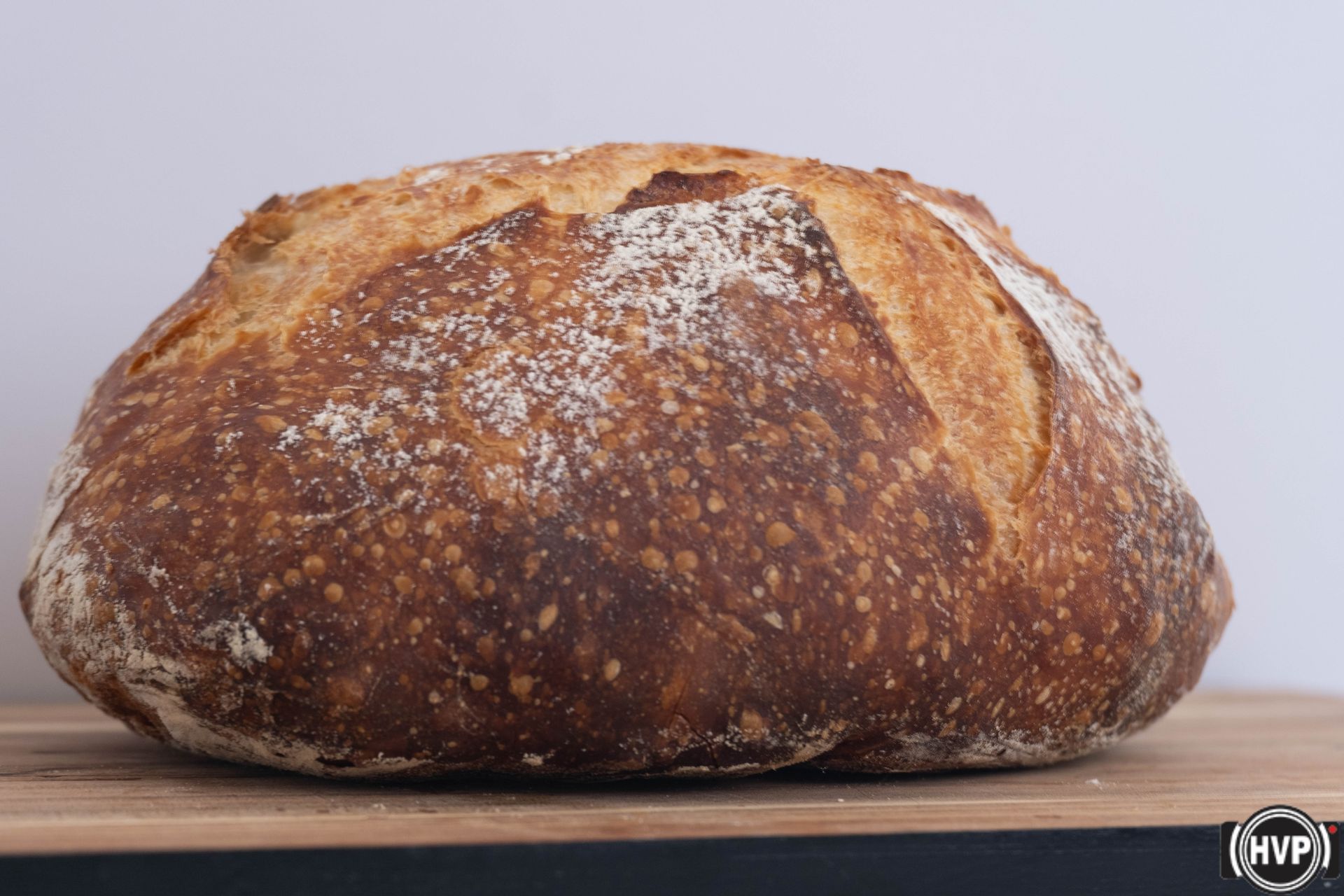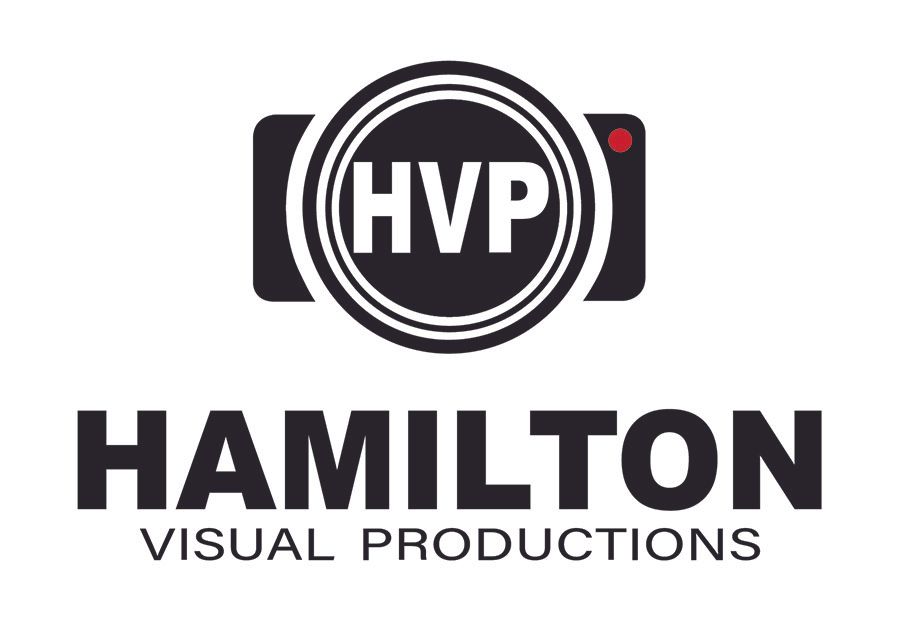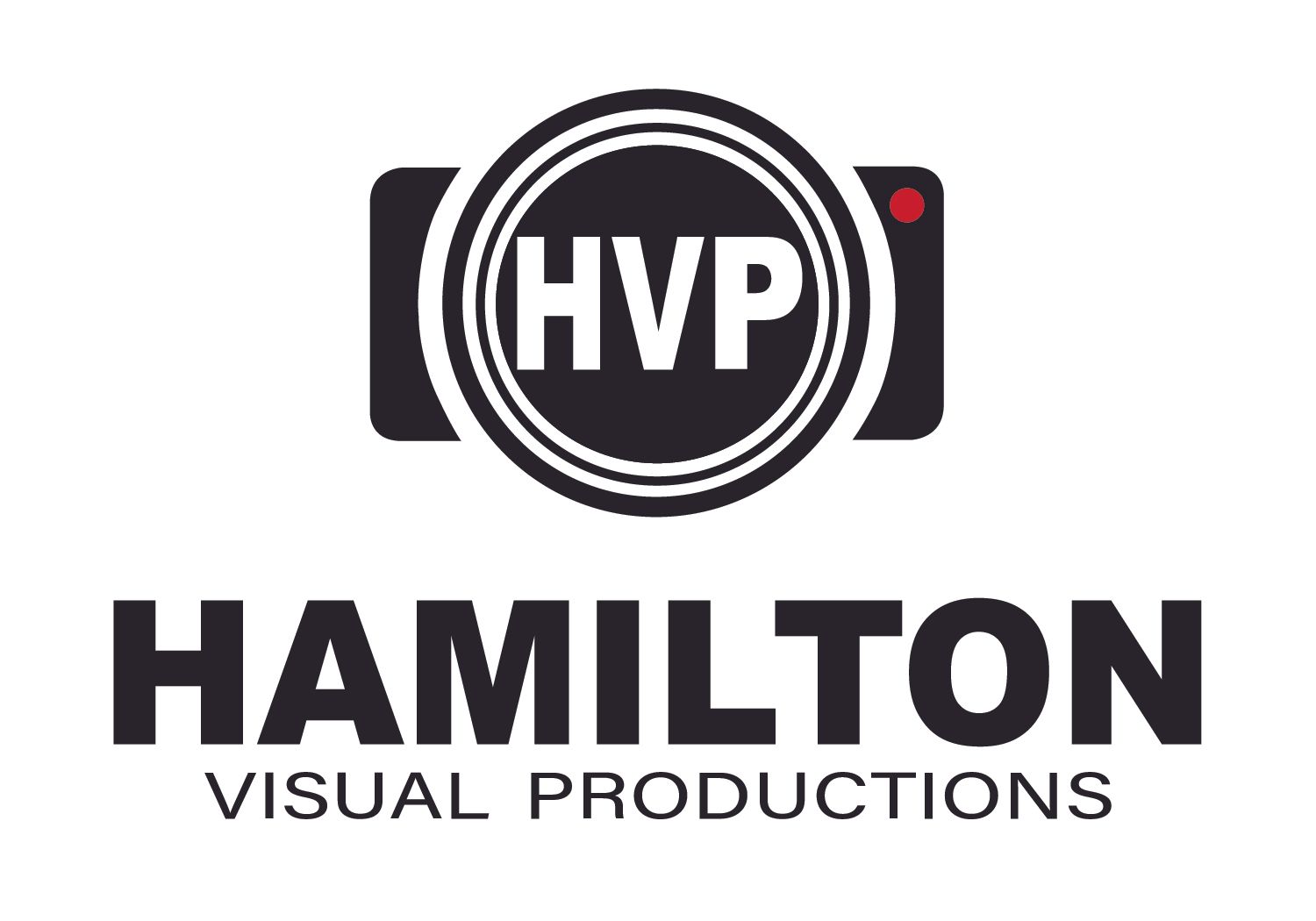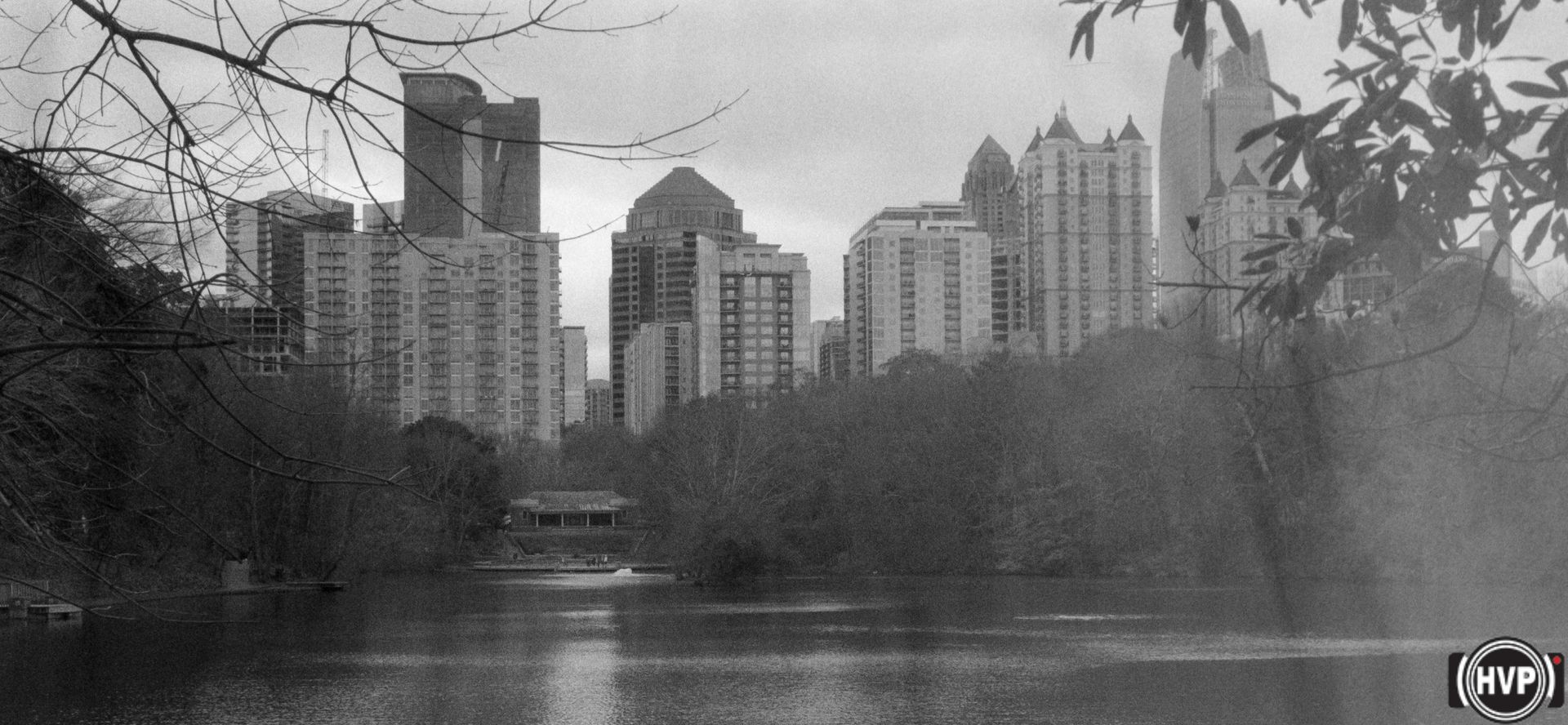Christmas Lights, or, Night Shooting with Cinestill 800T Film
Christmas? In March?!?
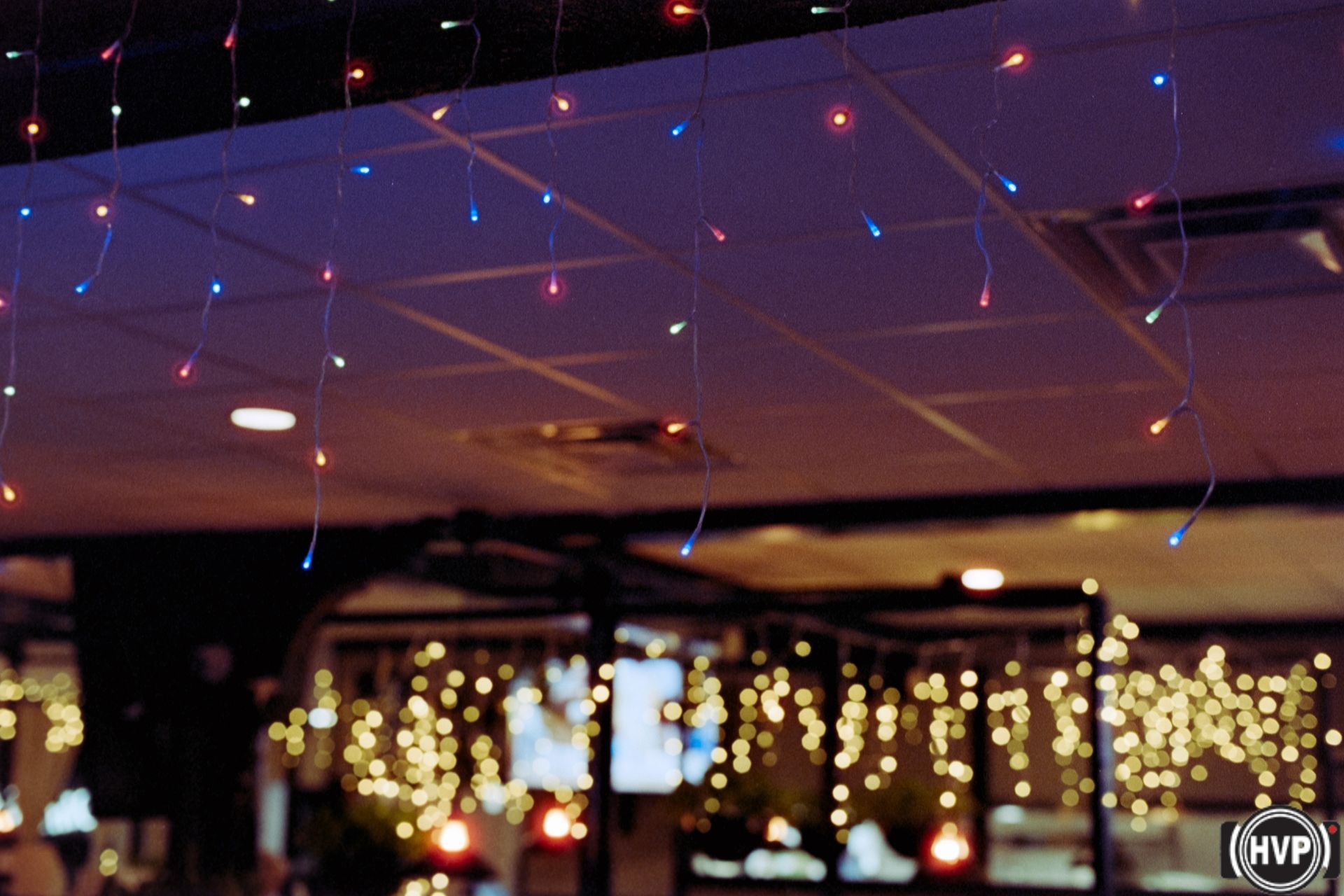
So, why am I writing a blog post about Christmas in March?
One simple answer is that I started writing this blog in January, so anything that I wrote about the holiday season would have been dated. Another reason is that I had other photo experiences that I wanted to share. But now it's gotten to the point where it's better to share Christmas photos now, more than two months later, than wait ten months for the right time to share the previous year's memories.
Christmas photography is special, but it's even more evocative at night. No matter what your faith is -- or even if you have none -- the holiday season is a season of lights. This year I wanted to capture the lights that decorated homes, businesses, streets, and public gathering spots.
Nighttime photography is a challenge to get right, as all those rules-of-thumb that people use to ensure sharp images no longer apply. It's an experience that requires one to understand the lighting conditions as well as the camera capabilities and settings. When it's done right, nighttime photos are visually stunning and evocative. And what could be a more evocative experience than capturing the images on film?
The promise of Cinestill 800T film
Until this experience, I would shoot film during the day with 200 or 400 ISO film. But for nighttime shots, I wanted to use a 35mm film that was a better match for the conditions.
Enter the Cinestill 800T. It is film stock that was originally developed for movie production and repurposed for film photography. According to Shoot Film magazine, that lineage produces a "high speed tungsten-balanced color negative film stock" that is "designed for low-light situations." It works with a wide range of exposures and captures the glow of tungsten lighting -- in other words, the type of artificial lighting that you tend to see at night.
I bought a couple of rolls of Cinestill 800T from B&H Photo and Video and used one of them for my shoot. All of my photos were shot on my Minolta Alpha-9 film SLR. Almost all of the shots were taken with my K&F Concept T254A8 tripod. The lovely husband-and-wife couple at Bleach Film Lab developed my roll with a 1-stop push applied.
Lights of Joy
My first stop on my Christmas lights tour was the Lights of Joy display in Kennesaw, a northwest suburb of Atlanta. It is a walkable exhibit that is billed as "the largest Christmas light display in Georgia" with more than 1.2 million lights on more than 200 trees.
I started out with a shot of the Nativity scene directly across the street from the display entrance. The lights from the figurines gave off a lot of light, and I didn't want to blow out the facial features, so I kept the exposure time relatively short. I liked the way the photo came out.
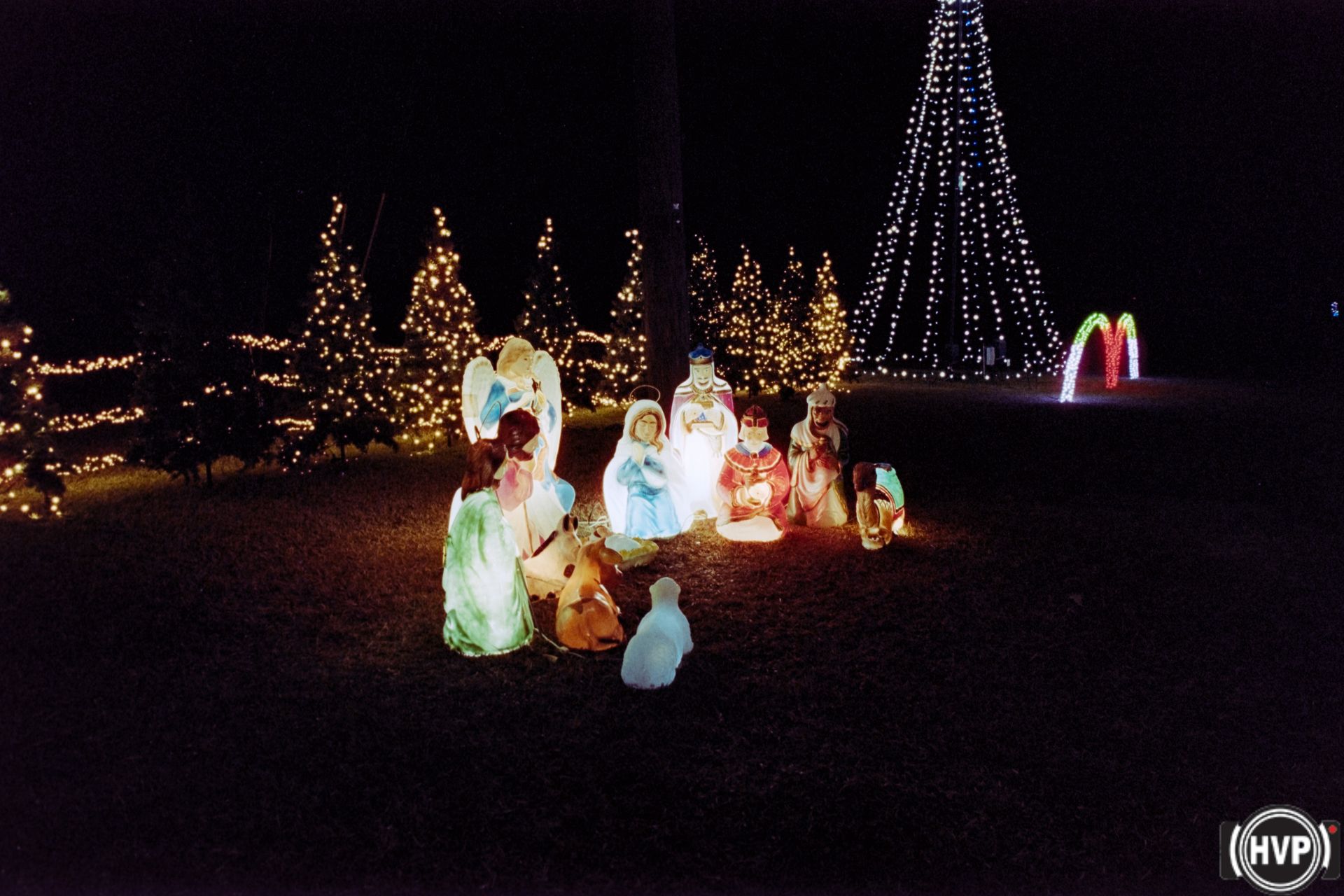
Next, I walked inside and captured the "Tunnel of Joy" inside the display. There were people walking through the tunnel of lights, and I stopped in front to take the picture. I didn't know to what extent I could trust the light meter on the Alpha-9. The resulting picture captured silhouettes of the people, which isn't a bad effect, but not exactly the one I was going for. Lessons learned are to lean toward over-exposing a night photo and use a tripod for goodness sake!
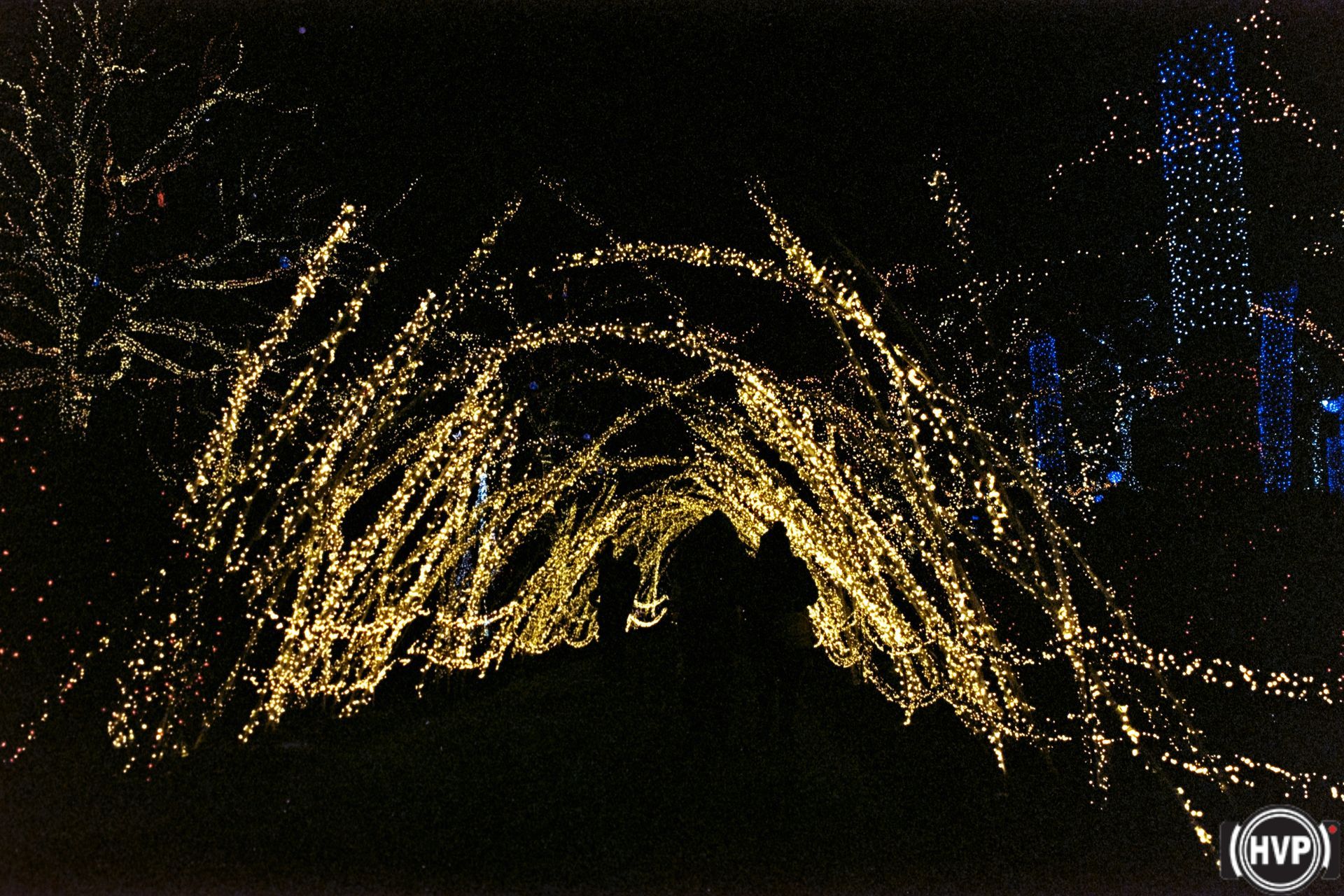
Even though I was carrying a tripod, I hand-held the camera on a number of shots. I couldn't set a shutter speed that was too long, but that limited the final exposure of the image. I settled on capturing the really bright light displays above the walkway. The resulting image shows the trees that outlined by the multi-colored lighting with the black night sky in the background.

When I was leaving the display and walking back to my car, I trod across the lawn of the Futures Church and said to myself, "This would make a great long exposure photo". I mounted my camera to the tripod, adjusted the aperture to broaden the depth of field, and set a long shutter speed to overexpose the final image by half a stop (or maybe a full stop, I don't remember). The result was my best shot of the night.
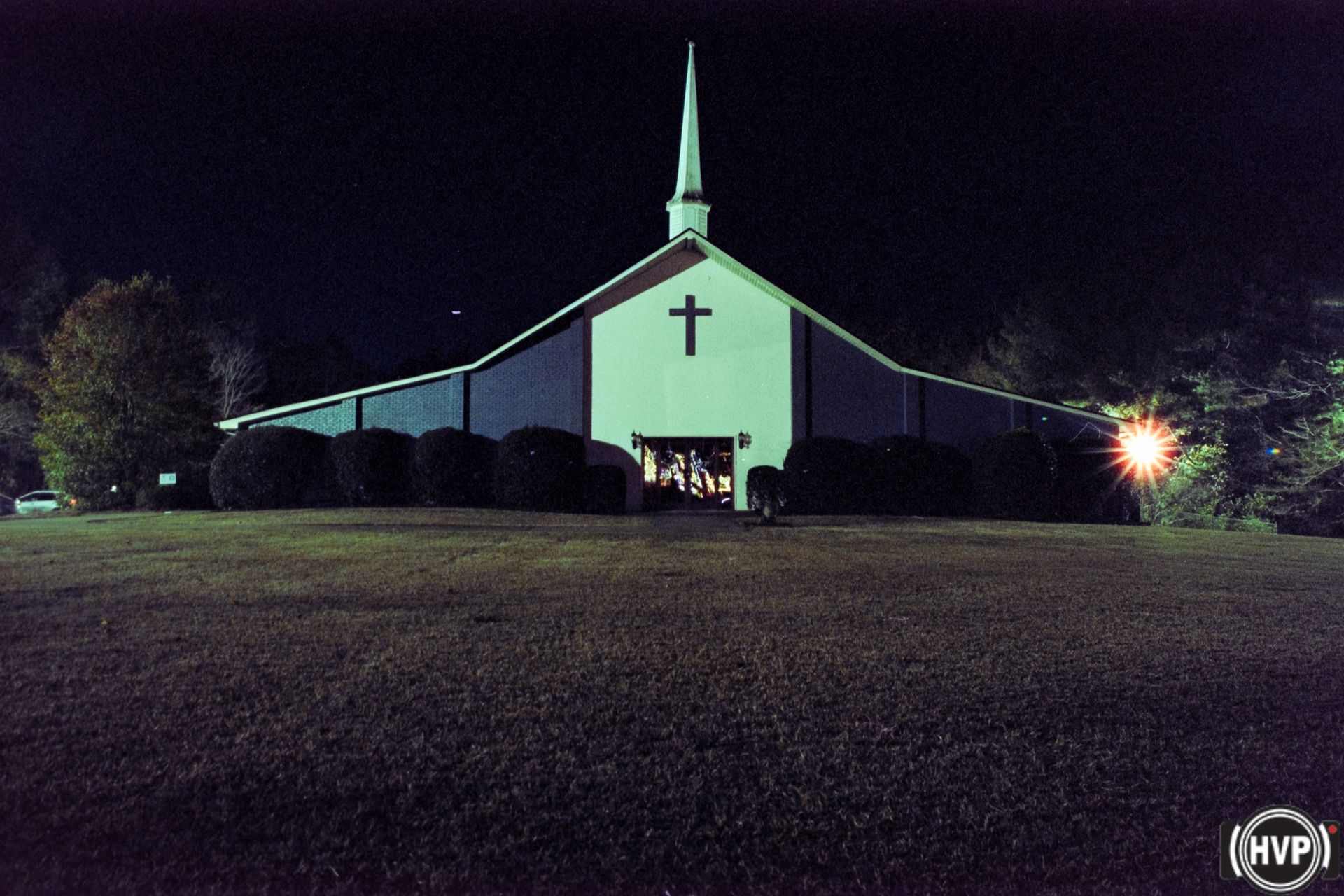
Walking in Squares
A couple of nights later, I grabbed my gear and headed to Marietta Square. It's a traditional city center with eating and entertainment establishments that ring a mini-park that contains some monuments and benches. It's a place that attracts people, especially on the weekends, and I wanted to capture some of that.
One thing that caught my eye was a mini-tunnel of lights that were above one of the walkways leading into the mini-park. It took some maneuvering to center the lights into my shot, so it was inevitable that I would attract comments and questions. (Nothing I couldn't handle!) The resulting shot was a mixed bag. I understand why the Cinestill 800T is favored for capturing the halation of the tungsten-based lighting. But I could have been bolder with the exposure time. There was a bell monument that was well-framed by the tunnel and I only captured its silhouette in the end.
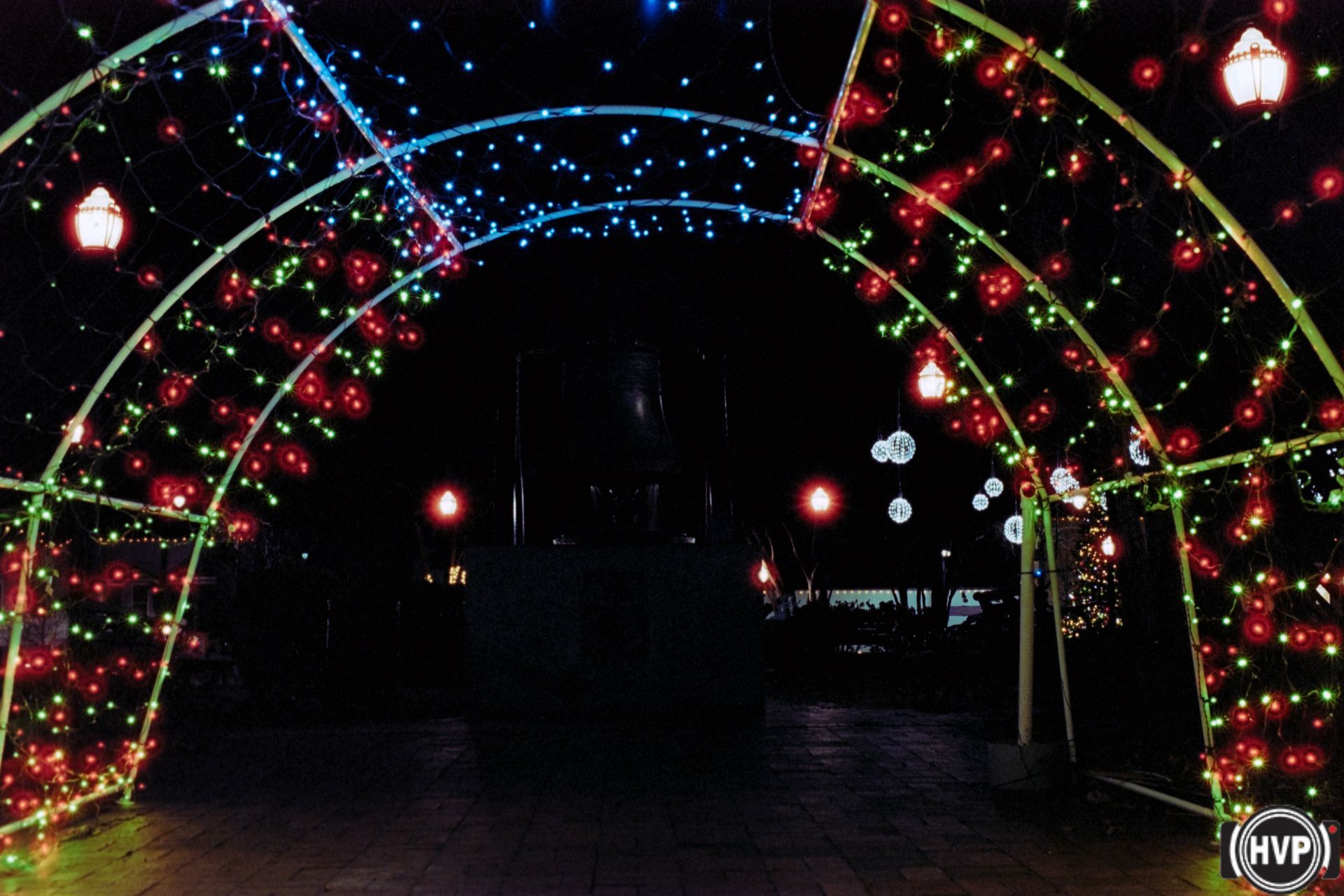
But what happens when you aim toward overexposing the night shot? The result is this shot of the marquee of the Strand Theatre in Marietta Square. Night shots of neon marquees are almost a cliché, but they're popular for a reason.

And here's what happens when you take a long-exposure shot on the opposite corner. It's bright -- and starry!
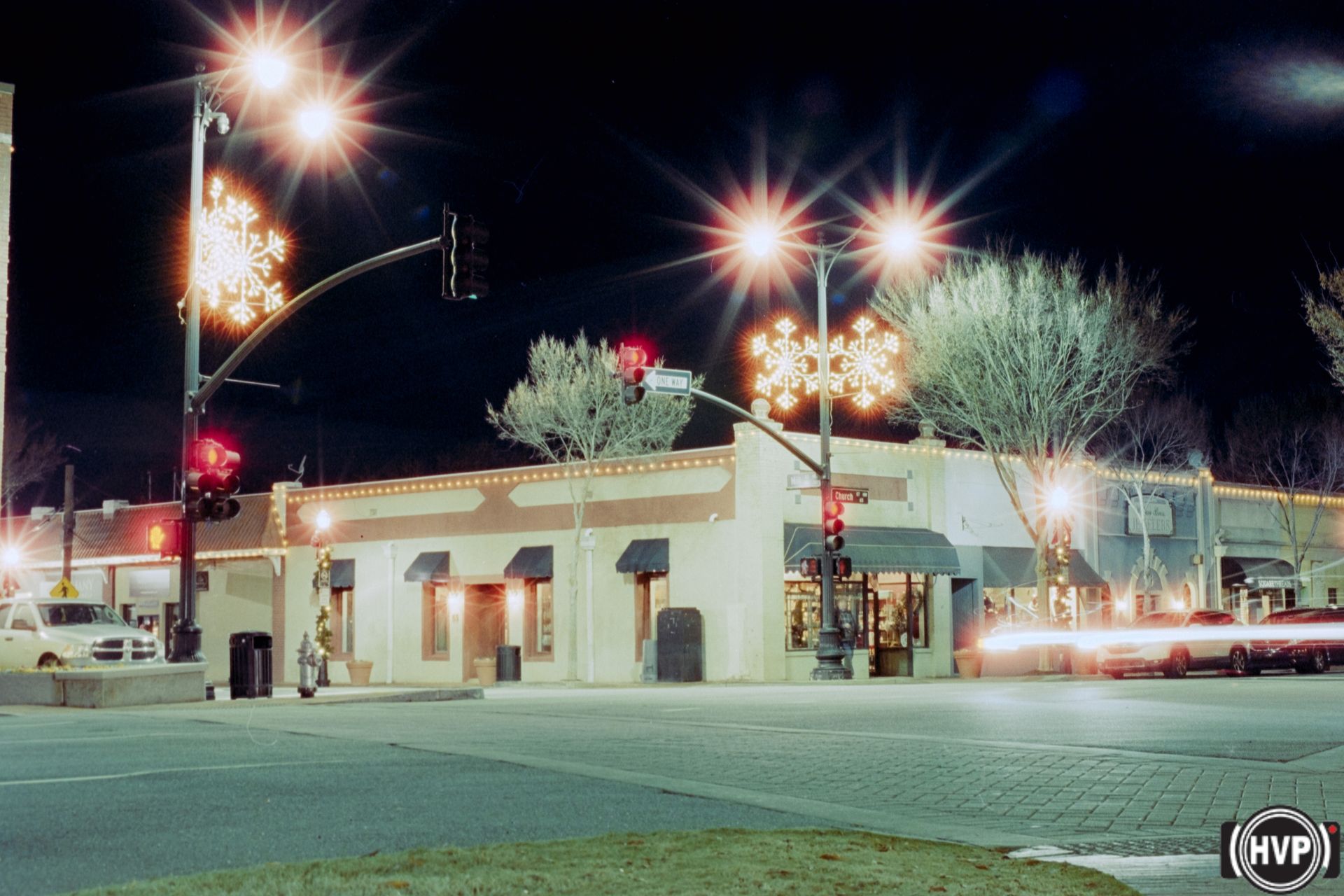
Smyrna's Bright Lights
After Marietta, I drove down to Smyrna, the city immediately to the south that also has a Christmas lights display. More than that, the city provided a "Bright Lights" map where you could locate the best light displays. I walked down the city square and snapped photos. The color of the lights set against the black backdrop of the night was stunning.
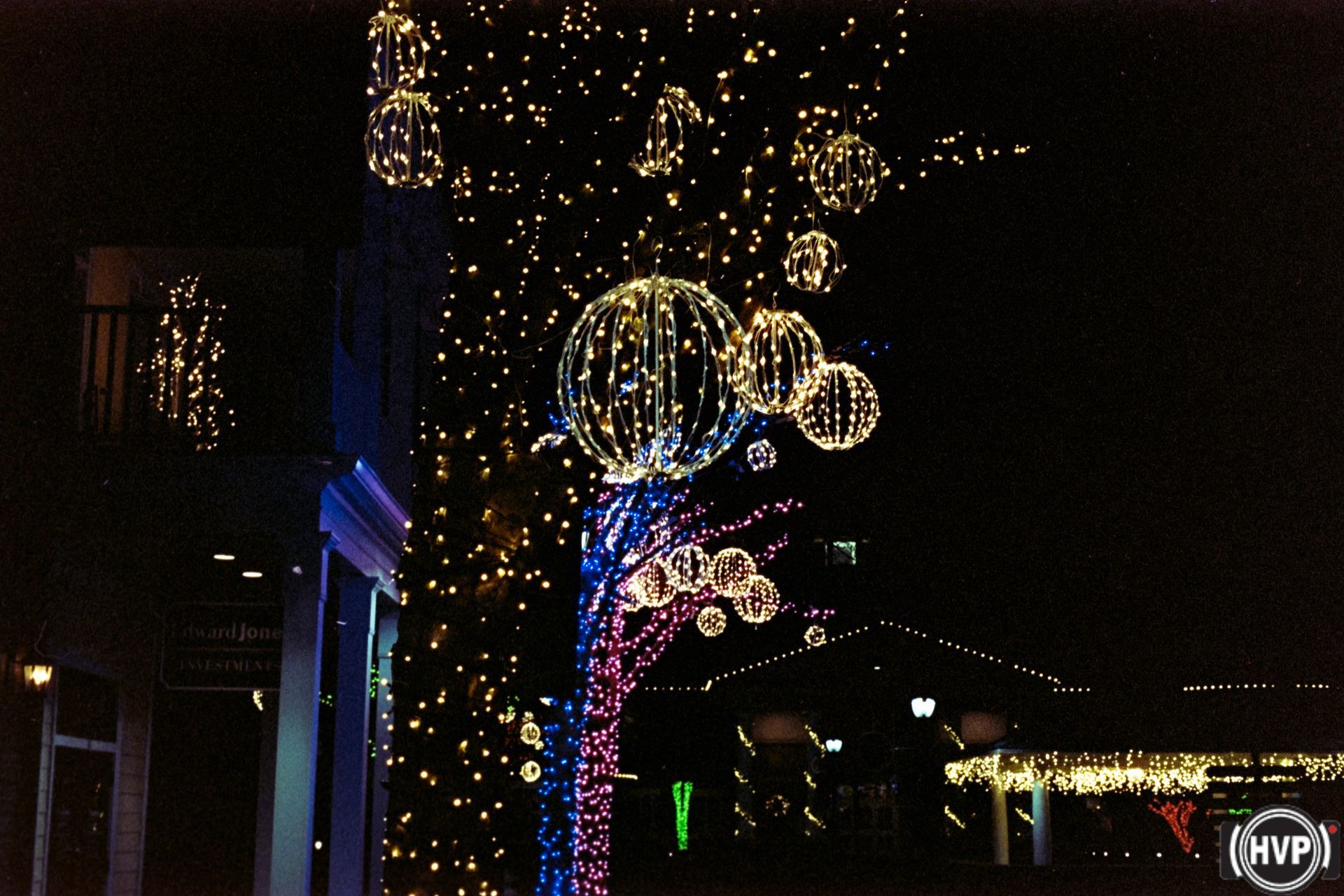
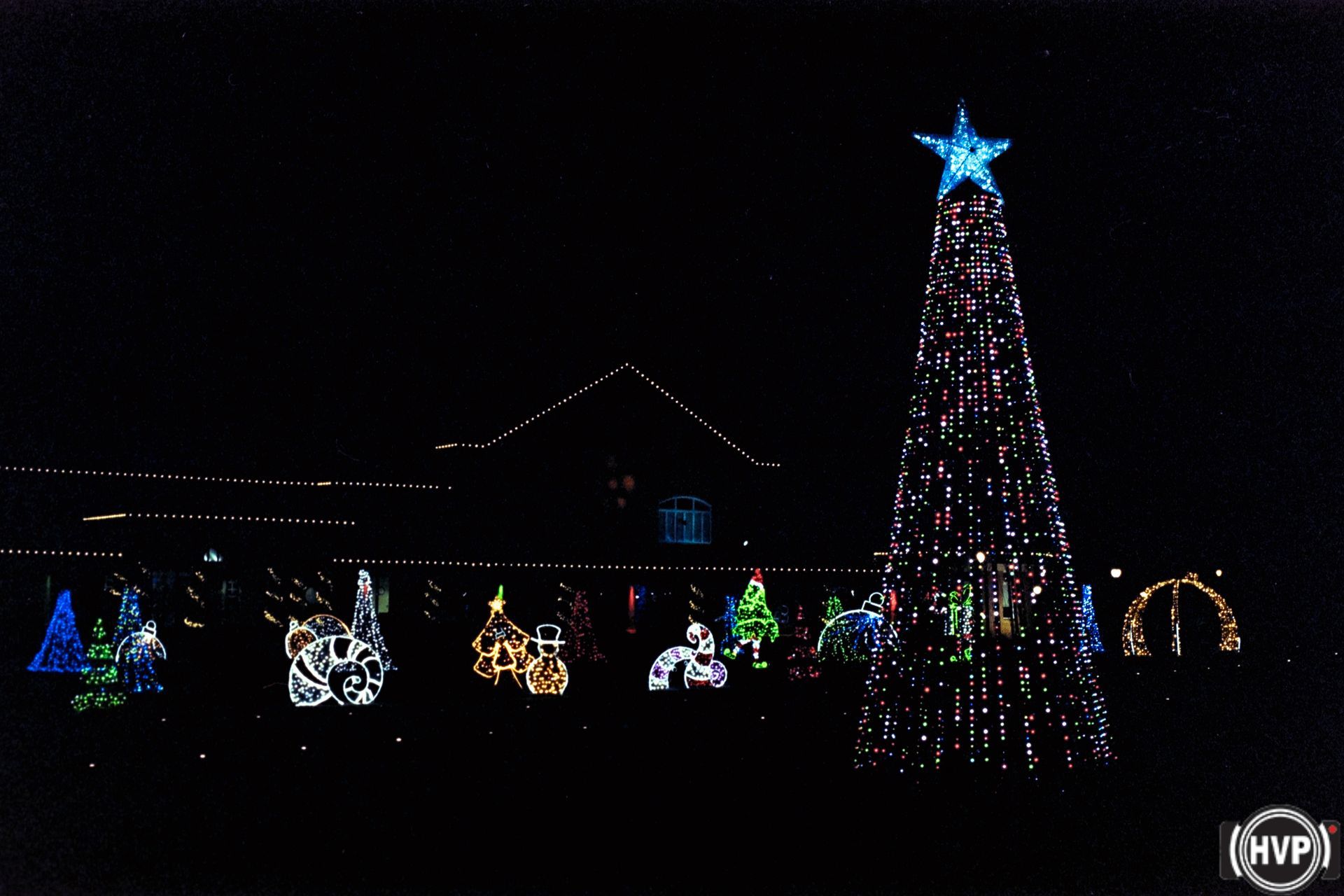
Alpharetta Avalon
The last stop on my tour was the Avalon shopping center in Alpharetta. If any place is going to have a stunning Christmas display, it will be a high-end shopping center in an expensive suburb.
The best photo of the lot was one that I took of skaters on an outside rink with a tree and holiday lights in the background. It wasn't a bad photo, but one that could have exposed a stop brighter. That said, the Cinestill film captured the display lights beautifully.
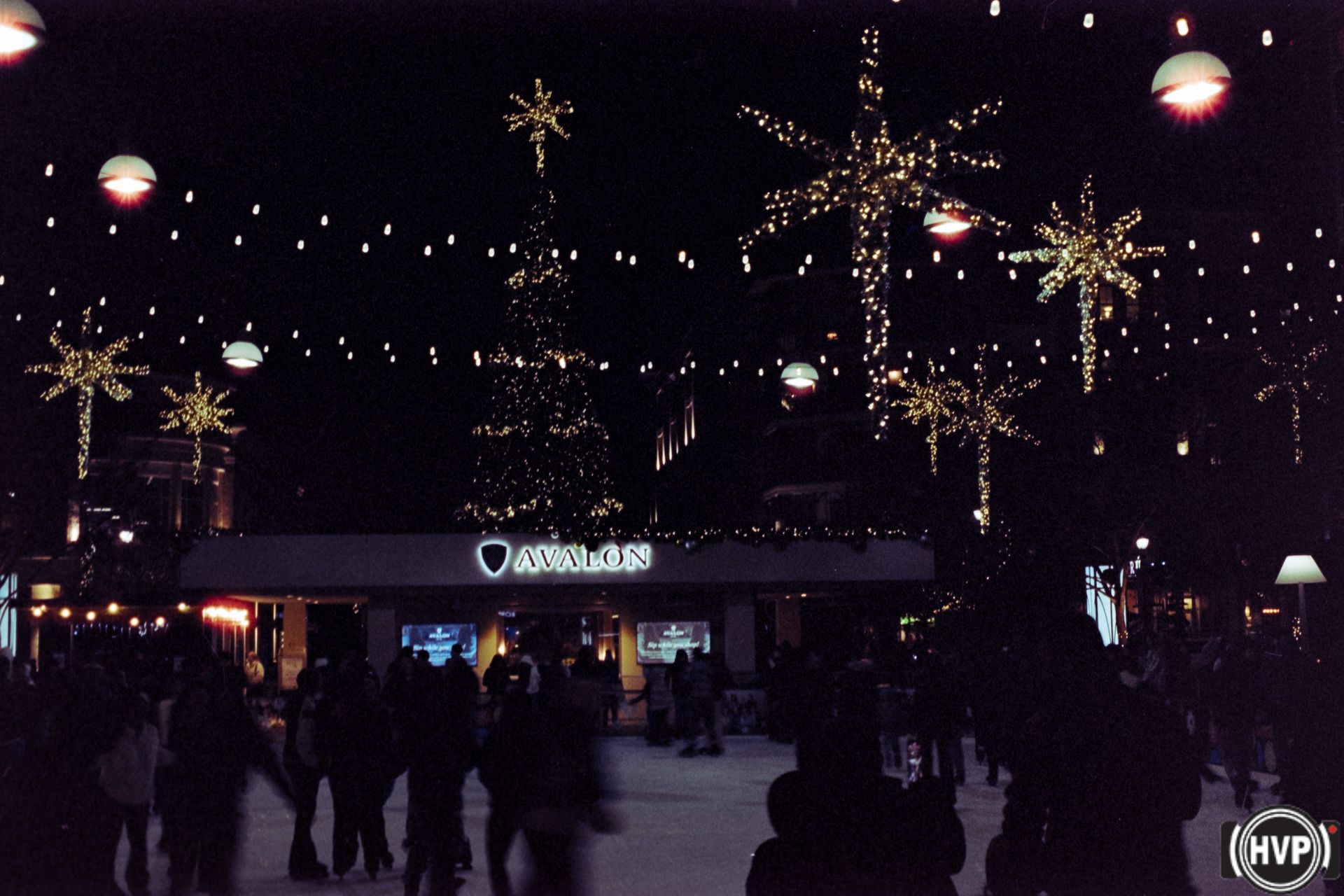
Epilogue
Night photography is a challenge, with rewards for mastering the exposure, composition, and equipment. I enjoyed the images that I obtained from Cinestill 800T film, and it will be my go-to film stock for low-light and nighttime photography. I might even use it for daytime shots as well, but it's an expensive option when there are lower-cost stocks that do the job very well.
The shoot was fun to organize. The night isn't as scary as one would think, even in a big city, and the way that light and color interact with the night is really fascinating to capture. I've been practicing my ability to capture a sharp image, but now I need to devote more practice to well-exposed images, too.
The three lessons that I take away from this outing are the following:
- Err toward overexposing nighttime shots. In other words, slow down the shutter speed.
- Use a tripod so that you can take shots with long shutter times.
- Long exposures with a narrow aperture at night just work.
Share This Post With Your Social Networks

